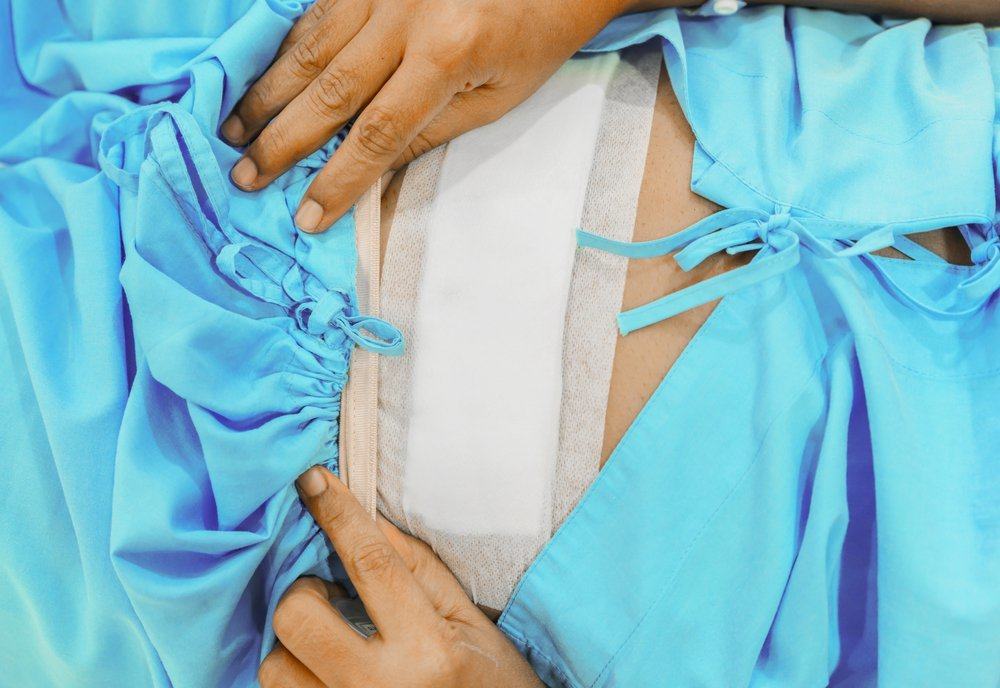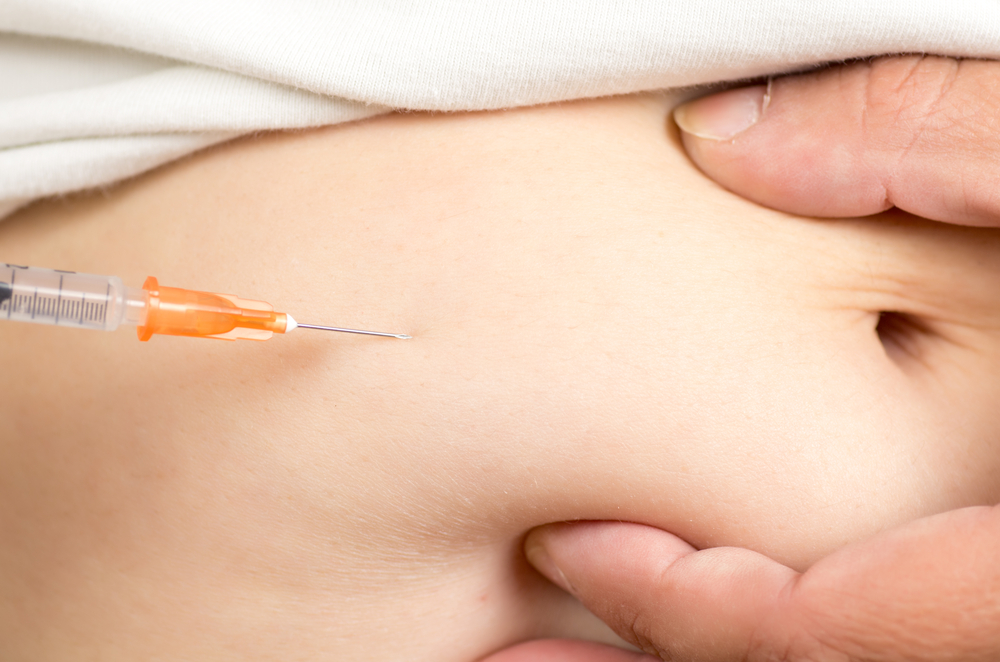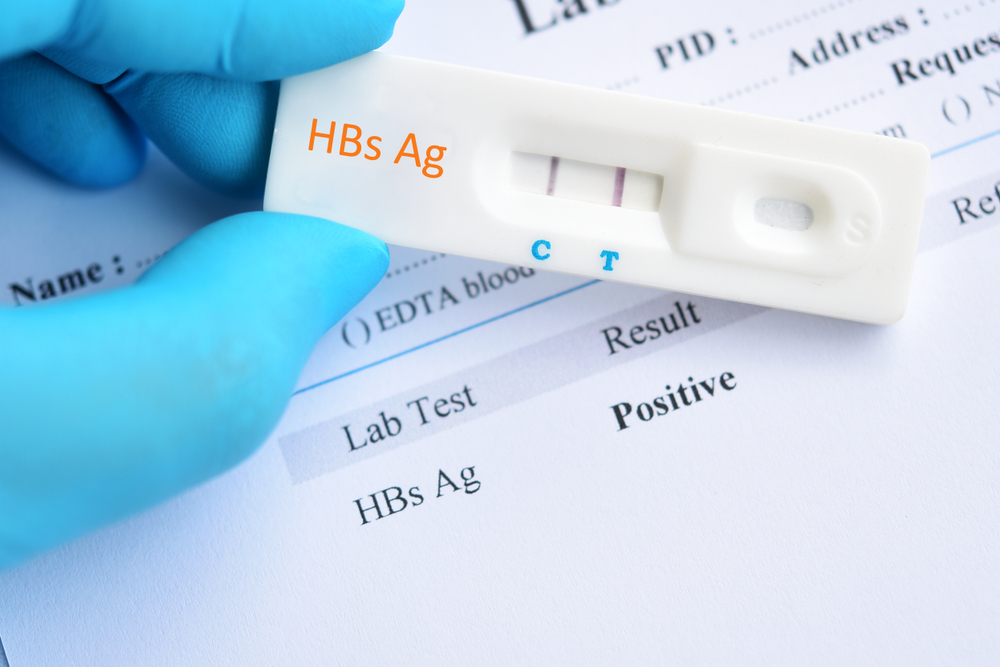Contents:
- Medical Video: Fibroids & Pregnancy
- What is hysterectomy?
- What causes hysterectomy?
- 1. Heavy bleeding
- 2. Adenomyosis
- 3. Fibroids
- 4. Endometriosis
- 5. uterine prolapse (down peranakan)
- 6. Cancer
- 7. Pelvic inflammatory disease /pelvic inflammatory disease (PID)
- What happens after undergoing a hysterectomy?
Medical Video: Fibroids & Pregnancy
Hysterectomy or removal of the uterus is a nightmare for women. If a woman's uterus is removed or taken, how can she get pregnant again or have children? Of course, it's no longer possible. Yes, the uterus is an organ that is very important for women. That's where prospective babies can grow and develop. However, some women may have to remove the uterus for various medical reasons.
What is hysterectomy?
Hysterectomy is the surgical removal of the uterus, where your uterus will be "removed" from the body. You can't get pregnant again after your uterus has been removed, even if you don't get another menstrual period every month (your menstruation stops).
There are various types of hysterectomy, this depends on the reason for your hysterectomy and how safe the surrounding uterus and reproductive system is if it is not removed. Some types of hysterectomy, namely:
- Total hysterectomy, where all the uterus and cervix are removed. This is the most common form of surgery.
- Partial hysterectomy, which is lifted only the main body of the uterus, while the cervix is left in its place.
- Total hysterectomy with bilateral salpingo-oophorectomy, namely the uterus, cervix, fallopian tubes (salpingectomy), and ovaries (oophorectomy) are all removed.
- Radical hysterectomy, where the uterus and surrounding tissues are removed, including the fallopian tubes, upper vagina, ovaries, lymph nodes, and fat tissue. Radical hysterectomy is usually done if there is cancer.
What causes hysterectomy?
All women certainly don't want to have their uterus removed. However, there are several medical conditions that can be the reason why a woman's womb needs to be removed, including:
READ ALSO: 9 Causes of Menorrhagia, Excessive Blood Exit During Menstruation
1. Heavy bleeding
Some women may experience very much blood loss (bleeding) during their monthly menstrual period. This can occur because hormones in a woman's body are not balanced, or can also occur due to infection, fibroids, or cancer. Heavy bleeding can also be followed by abdominal pain and cramps. This is certainly very disturbing for women in carrying out their daily activities. He may have to replace sanitary napkins more often which makes him tired, even unable to do anything because of abdominal pain and very much bleeding.
Sometimes, this heavy bleeding is caused by fibroids, but some cases also show that the cause of this bleeding is unclear. Maybe, removing the uterus is the only way out, if:
- Treatment that has been done does not work, for example treatment with the hormone progesterone
- Bleeding greatly affects the quality of life and is the best choice for stopping the menstrual period
- Women don't want to have children anymore
2. Adenomyosis
One of the causes of heavy bleeding in women is adenomyosis. Adenomyosis is a condition in which the tissue lining the uterus (endometrium) grows inside the uterine muscle wall. This condition may not show symptoms, but a woman's uterus can grow to 2-3 times its normal size. This additional tissue causes you to experience excessive pain during menstruation and can also cause pelvic pain.
Hysterectomy can also help treat this condition, but if other treatments don't work and if you also don't want to have more children.
3. Fibroids
This is a non-cancerous tumor that grows around the uterus. This fibroid consists of fibrous muscle and tissue, its size can also vary. Nobody knows what can cause fibroids. But, fibroids can be indicated by symptoms, such as very heavy and painful menstruation, pelvic pain, frequent urination, constipation, discomfort or pain during intercourse.
Some fibroids can grow little by little over time and many women don't realize it. This causes the size of the fibroid to be very large when it was first discovered. If you have a very large size of fibroid or have heavy bleeding, maybe a hysterectomy is recommended. Moreover, if you don't want to have more children. Fibroids are the most common reason for women to have a hysterectomy.
4. Endometriosis
Endometriosis is a condition in which the cells lining the uterus (endometrium) grow in other areas of the body and reproductive system, such as the ovaries, fallopian tubes, bladder and rectum. The cells that line the uterus if trapped in other areas can cause the surrounding tissue to become inflamed and damaged. This can cause pain, irregular menstrual periods and heavy bleeding, pain during intercourse, and infertility. Many women do not realize that they have endometriosis when they are trying to get pregnant.
Very severe endometriosis may require removal of the uterus, but this is an option for you. Hysterectomy can eliminate endometrial tissue that causes pain. A hysterectomy can be the only solution if other treatments don't work and if you have decided not to have more children.
READ ALSO: Powder sowing on the vagina can trigger ovarian cancer?
5. uterine prolapse (down peranakan)
The uterus drops can occur when the tissue and ligaments that support the uterus become weak. This causes the uterus to drop from its normal position into the vaginal canal. Uterine prolapse occurs with symptoms, such as back pain, feeling of someone coming down from the vagina, urinary incontinence, having difficulty during sexual intercourse. The uterus drops can occur due to the result of giving birth.
By doing a hysterectomy, symptoms of uterine prolapse can be lost because the entire uterus has been removed. Hysterectomy is recommended if the tissue and ligaments really can't support the uterus anymore and you don't want to have more children.
6. Cancer
People with cervical cancer, uterine cancer, ovarian cancer, and endometrial cancer have a greater risk of removing the uterus. Hysterectomy may be the only treatment option if the cancer has spread a lot and has reached an advanced stage.
7. Pelvic inflammatory disease /pelvic inflammatory disease (PID)
Pelvic inflammatory disease is a bacterial infection of the female reproductive system. This infection can be treated with antibiotics. However, if it has spread too much, this infection can damage the uterus and fallopian tubes. This can cause pain in the long run. Hysterectomy can be recommended if a woman with PID is very severe and she no longer wants to have children.
What happens after undergoing a hysterectomy?
Hysterectomy is a big operation so you need a long time to recover. But, after doing a hysterectomy, your quality of life may get better. In addition, changes can also occur after you have done a hysterectomy, namely:
- Menopause. After a hysterectomy, you no longer get menstruation every month. The ovary that releases your eggs has been removed, so you have no longer menstruated and you also cannot have children. You may experience menopausal symptoms.
- Changes in sexual desire. Some women may experience vaginal dryness and lack of appetite for sex after a hysterectomy, especially if a woman's ovaries are removed.
- Increased risk of other health problems. Women who have their two ovaries removed can increase their risk for bone problems, heart disease, and urinary incontinence.
- Mental problems. Some women may feel lost after doing a hysterectomy. Women can feel very sad or depressed because they lose their fertility or experience changes in their bodies.
READ ALSO: 6 Facts You Need to Know About Menopause












